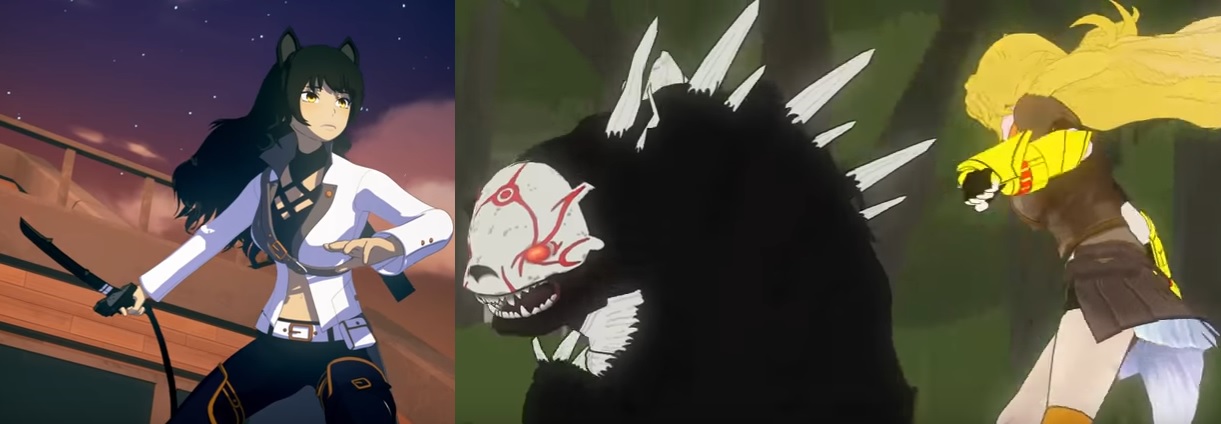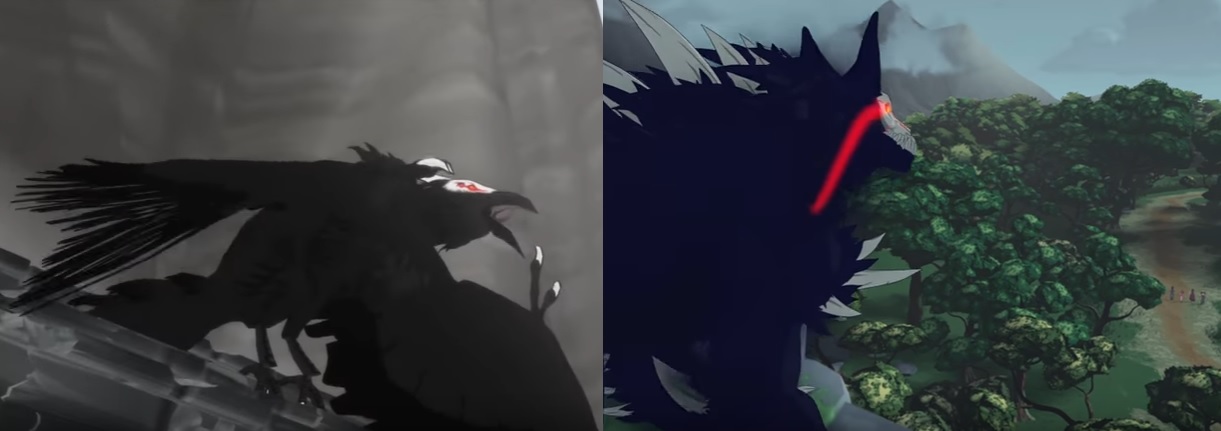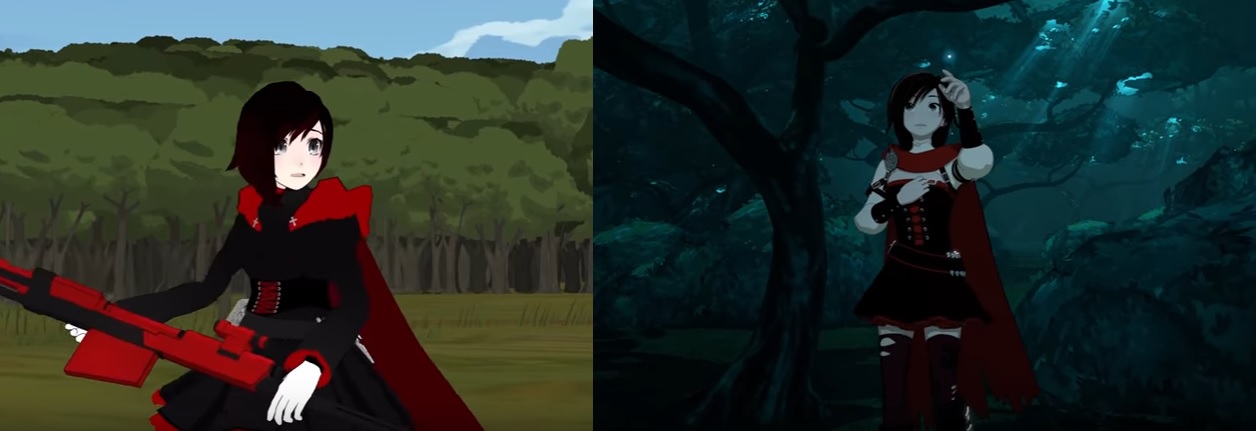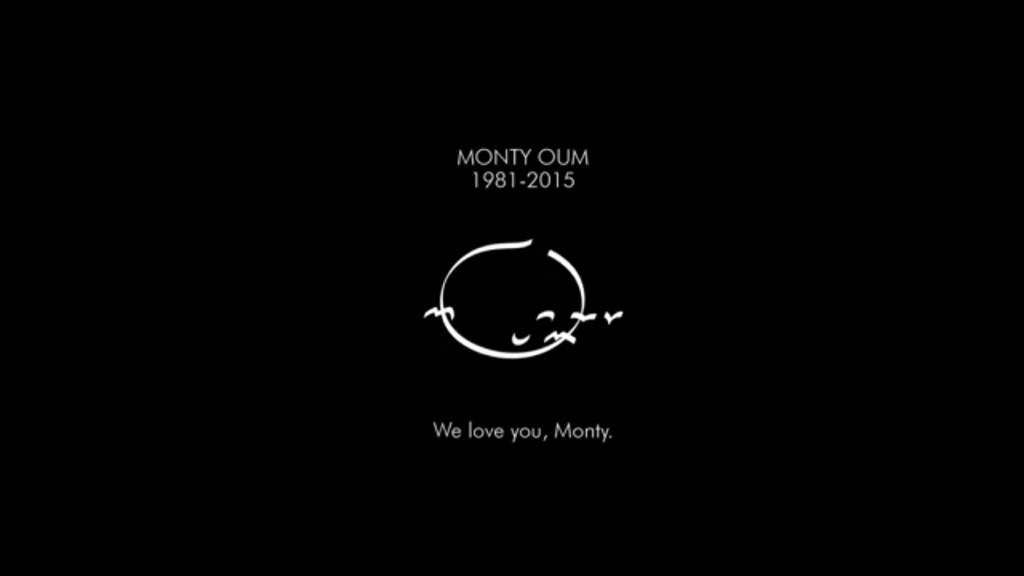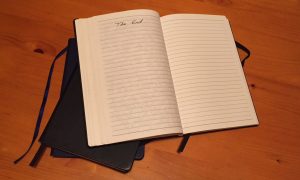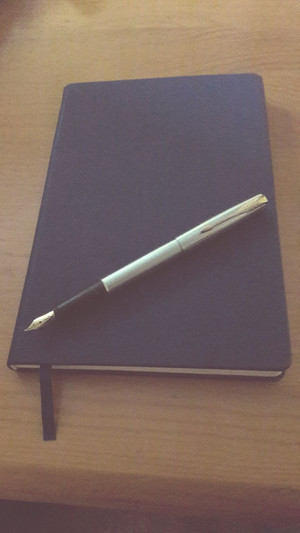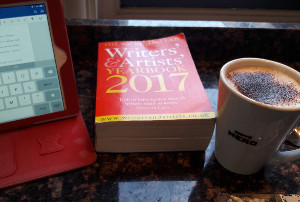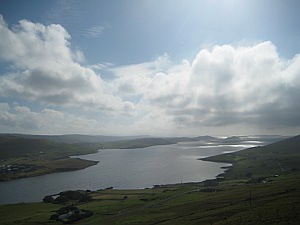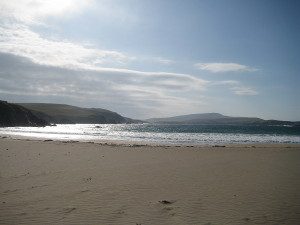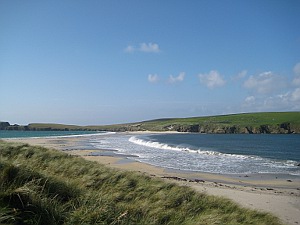What anime is | Why watch anime | Recommendations | Good to know

Introduction
Welcome to another rambling set of thoughts. But this time I turn my attention not to books and writing, but to the creative force that is ‘anime’. (Click here to go straight to the recommendations, if that’s all you came here for). This is quite a long blog – by all means skip to the bits you’re interested in!)
Anime has often been my ‘go to’ for pure escapism, when taking a break from work, writing, reading or running. (Taking a break? Has been known to happen). Lately the genre has gained ground in the UK, with both a great selection of DVDs or Blu-rays available and increased prominence on streaming platforms.

Here I try to explain what anime is and why it’s worth watching, with a range of recommendations for you to try. I’m no expert on anime – books are more my thing, after all – but I can report on what I’ve seen and enjoyed. So go on, give the genre a whirl; you never know, you might find something completely new to enjoy! Besides… I think it’s fair to say many of us need a hefty chunk of escapism in our lives right now, in this very strange world that 2020 has become.
What Anime Is
First of all, forget what you think you know about anime. It is not a series of repetitive fights and incomprehensible shouting (which might be the impression gained from children’s anime shows). In other words you must unlearn what you have learned…
Anime is just a medium. It covers a range of sub-genres, from children’s shows to comedy, from historical dramas to science fiction. The quality of both animation and writing has surged over the years, and many pieces of work are now the equal (and better) than animation emerging from Hollywood.

Anime is, literally, animation that originates from Japan. It’s certainly not just something for children; indeed, the Oscar-winning director Hayao Mayazaki is reputed to have initially been surprised that children liked some of his early work. That’s not to say that there’s not a lot of the genre targetting the child and YA markets. Or that it isn’t sometimes childish…!
The anime industry in Japan is huge with an estimated 400+ studios. Of course, quantity doesn’t always equal quality, and I’ll admit it; for each show that is a diamond there’s another five that are just graphite. One downside of the industry is that many studios don’t always pay or treat their staff that well; hopefully this is changing, with respectable studios such as Kyoto Animation providing much better conditions. But please, always buy DVDs or stream from reputable channels, then you can be sure you are supporting the developers.
But why on Earth should I watch that stuff…?
The best way I can describe why anime is worth watching is this: There’s always a certain magic cast by animation, a disconnect from the world around us; and anime is just so much better in weaving this spell. (Well, good anime, anyway.) Within the genre I’ve discovered so much that’s worthwhile:
- Stories which drew me in and that were ultimately uplifting.
- Achingly beautiful animation of both city and country, in worlds real and imagined, that equal the best cinematography.
- Cracking soundtracks that I would be humming all week.
- Clever symbolism only noticed on a second viewing.
- Quirky characters that have had me laughing, crying and even thinking about questions in life that really matter.
In short: If you’ve ever enjoyed a good story with a hint of humour and magic to it, then you need to dip your toe into these waters.
For example, amongst the best stories I’ve discovered:
A book-loving woman is reborn in a medieval world where there are no books… Players are trapped in an online game, where death in the game means death in real life… Two children try to survive in the aftermath of WW2 Japan… A man goes back in time to prevent a series of murders… Young people ‘battle’ it out in performances of classical music…
All a long way from incomprehensible shouting and fighting, right? (Admittedly, there are even shows which excel at that.)

So, how did I start watching anime?
My own first exposure to anime was the 1988 Akira. This is a dystopian film that besides its sci-fi elements resonated with a cry of disaffected youth, ringing just as true as Rebel Without a Cause. It made me think: I never knew animation could be like this. It opened my eyes to stories more complex than anything emerging from a saccharin-laden Hollywood.
That fascination was rekindled in 2001 by the incredible Spirited Away; not just a wonderful story on a number of different levels, but made using hand-drawn animation that was genuinely beautiful. I went on to explore the entire Studio Ghibli back catalogue. Then, following breadcrumbs of recommendations, series produced by the likes of Sunrise Studio, Ufotable, and Kyoto Animation.

Anime has brought me uplifting stories and heart-warming characters… and a genre that remembers some of the best tales are fun. So yes, the genre certainly has its flaws, but at its best displays a realm of creativity.
Recommendations

OK, onto suggestions for viewing, that most of you probably came here for. There’s plenty of anime for the child / YA market (think Dragon Ball, Naruto, Pokemon, Inuyasha) but I’m concentrating on anime that an older audience can also appreciate. These aren’t necessarily ‘the best’ anime has to offer, and aren’t my own top 10… but hopefully they give you a wide flavour of the genre.
1. Spirited Away (Film, 2001)
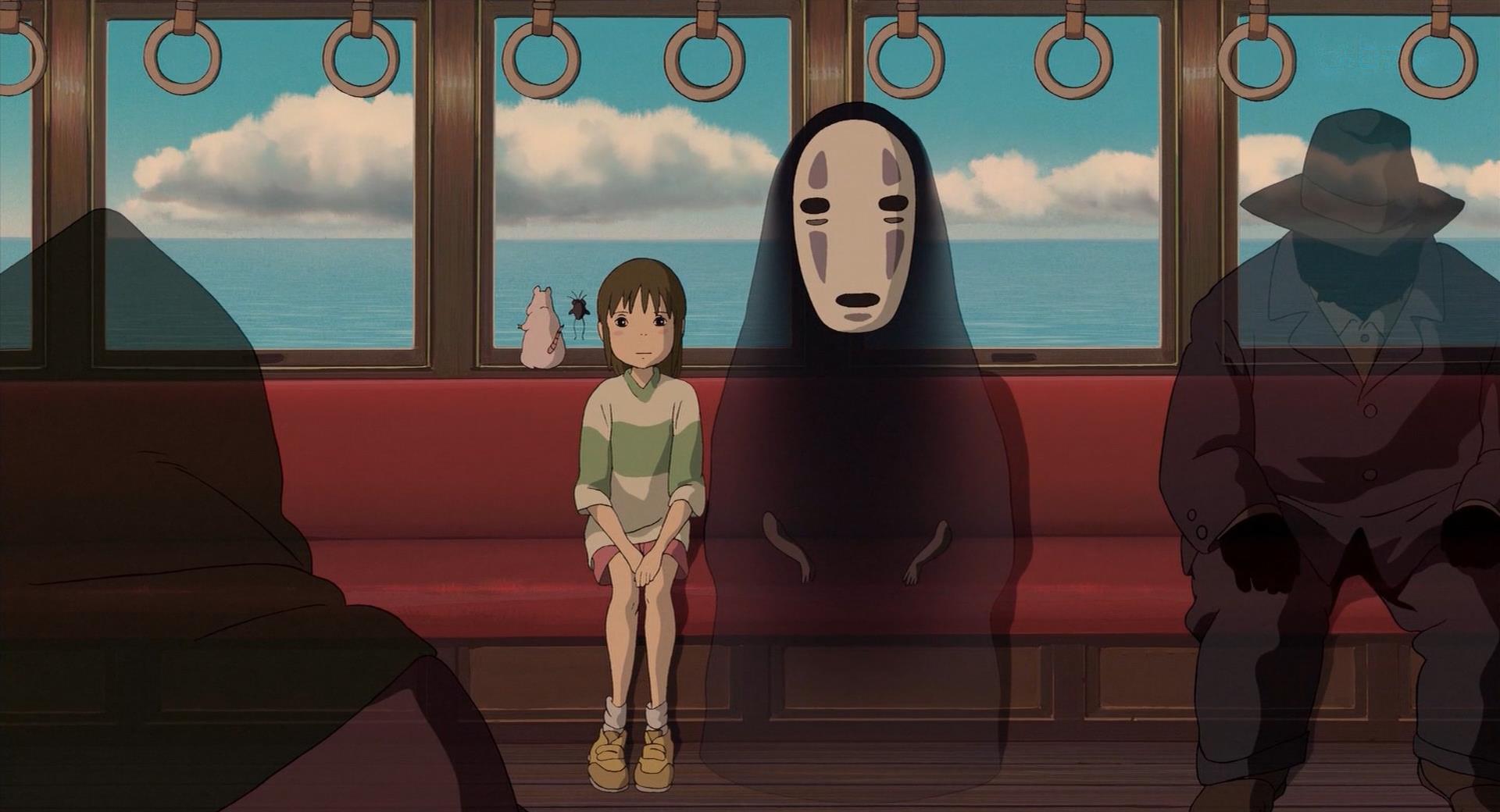
If you’ve never watched anime, the works of Studio Ghibli are one of the best places to start. Directed by the legendary Hayao Miyazaki, Spirited Away tells the story of Chihiro, whose parents are taken by the spirit world. It’s up to her to rescue them, and in the process she learns a lot about life and herself. This isn’t just a great anime but an Oscar winner. Yes, it’s a kid’s film, but it’s so good everyone should watch it at least once. The beautiful hand-drawn animation and the soundtrack by Joe Hisaishi makes this a feast for the senses.
Like Disney? This is better.
IMDB score 8.6/10 ; Rotten Tomatoes rating 97%
Currently on Netflix in the UK, available on DVD / Blu-Ray
2. Cowboy Bebop (one series, 1998)
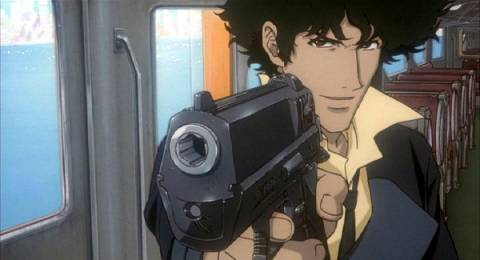
Cowboy Bebop tells the story of Spike and his gang, a ragtag group of space bounty hunters, eking out a precarious existence in a distant future. Every episode tends to be a bit different, depending on what contract the gang have – space opera one time, something with more comedy the next. A great series to binge on, Bebop just oozes with cool and a chilled jazz soundtrack.
Enjoy the Josh Whedon series Firefly? You’ll find plenty to enjoy in this.
IMDB score 8.9/10 ; Rotten Tomatoes rating 100%
Currently available in the UK on Netflix and Amazon Prime, available on DVD / Blu-Ray
3. Death Note (one series, 2006)
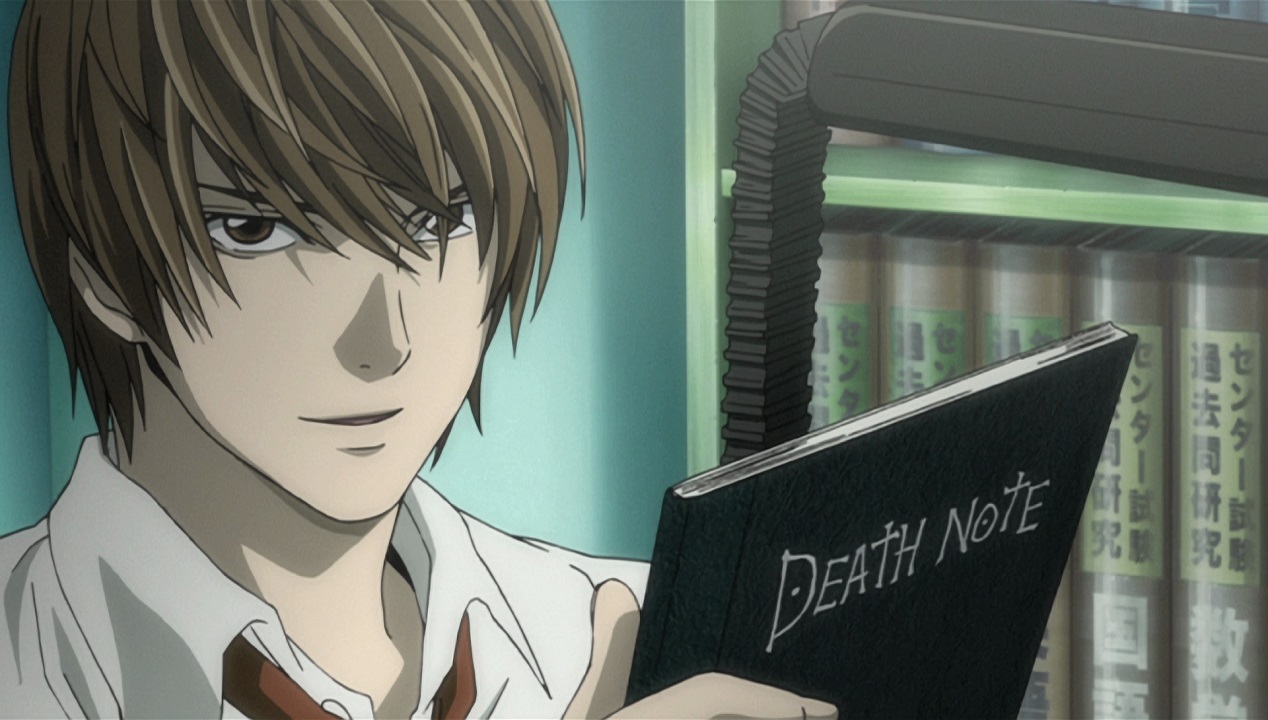
What would you do if you found a book that gave you the power over death by writing names in it? Light Yagami finds such a book and uses it – as he tells himself – to rid the world of evil. But a detective is soon trying to track him down. This show has been praised by critics, and is often a dark, psychological series (some would say scary), certainly not for children; and one that raises some profound questions. Note, this is one to avoid any spoilers!
The twists, turns and manipulation may well have you thinking of House of Cards.
IMDB score 9.0/10 ; Rotten Tomatoes rating 95%
Currently on Amazon in the UK (not free), available on DVD / Blu-Ray
4. Iroduku The World in Colours (one series, 2018; Japanese with English subtitles)
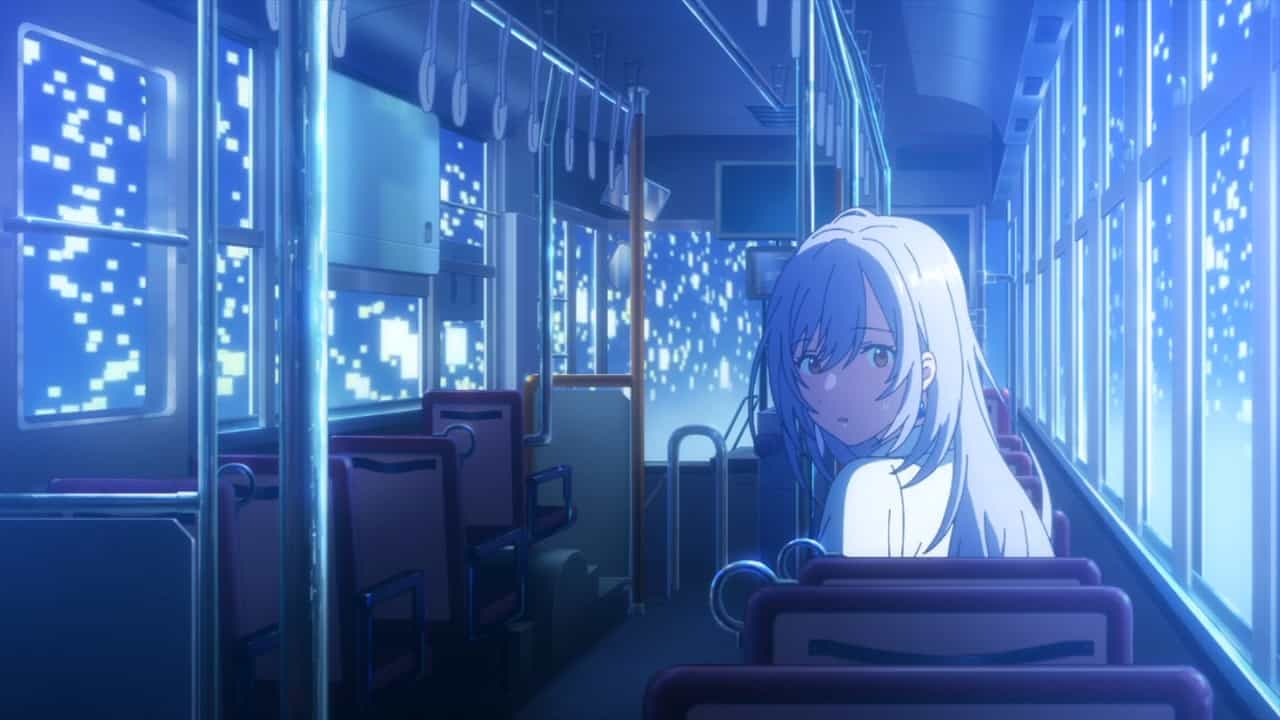
A glorious overlooked gem. Those expecting a romcom go away dissatisfied; those expecting a fantasy are disappointed… Iroduku is neither of these. It’s the story of a girl battling with depression, which manifests itself in the fact that she has lost the ability to see colours. To help, her grandmother sends her back in the past to our present day. It’s a dialogue heavy slow-burn of a show, and doesn’t gloss over Hitomi’s struggles by providing a miraculous ‘fix’, but instead shows her progress as she makes friends who don’t give up on her.
Intensely beautiful animation and uplifting, this is a show many – young and old – could gain a lot from watching.
IMDB score 7.3/10 ; Rotten Tomatoes rating n/a
Currently free on Amazon Prime in the UK. Don’t miss it.
5. Stein’s Gate (one series, 2011)
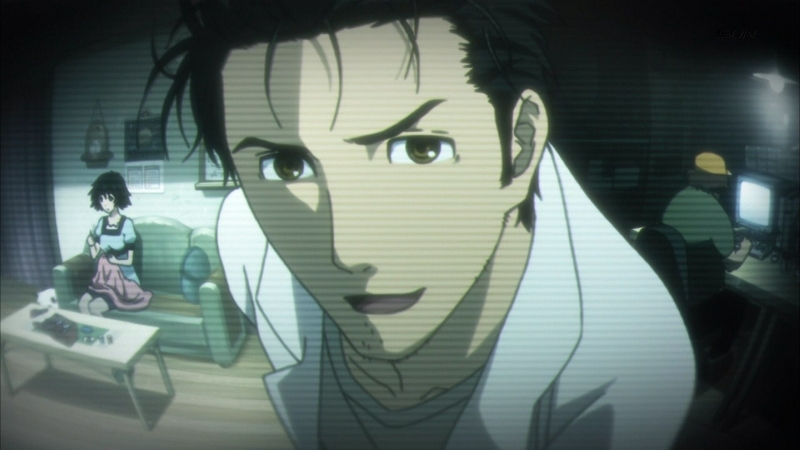
A sci-fi series built around time travel – or at least, the ability to send messages into the past. Set in Tokyo, it follows Okabe (a self-proclaimed mad scientist) who, with his friends, runs experiments from his run-down apartment. This series is a slow starter, but trust me; once you’re in the second half, you will want to go back and re-watch those early episodes. There’s great character development, humour, a complex and well thought-out story, and distinctive atmospheric artwork.
Stein’s Gate isn’t just a fabulous anime series, but possibly one of the best ever sci-fi series. Fans of the X-files may well become fans of this.
IMDB score 8.8/10 ; Rotten Tomatoes rating 100%
N.B., don’t confuse with Stein’s Gate 0, which is a ‘sequel’.
Currently on Netflix in the UK, available on DVD / Blu-Ray
6. Your Name (Film, 2016)
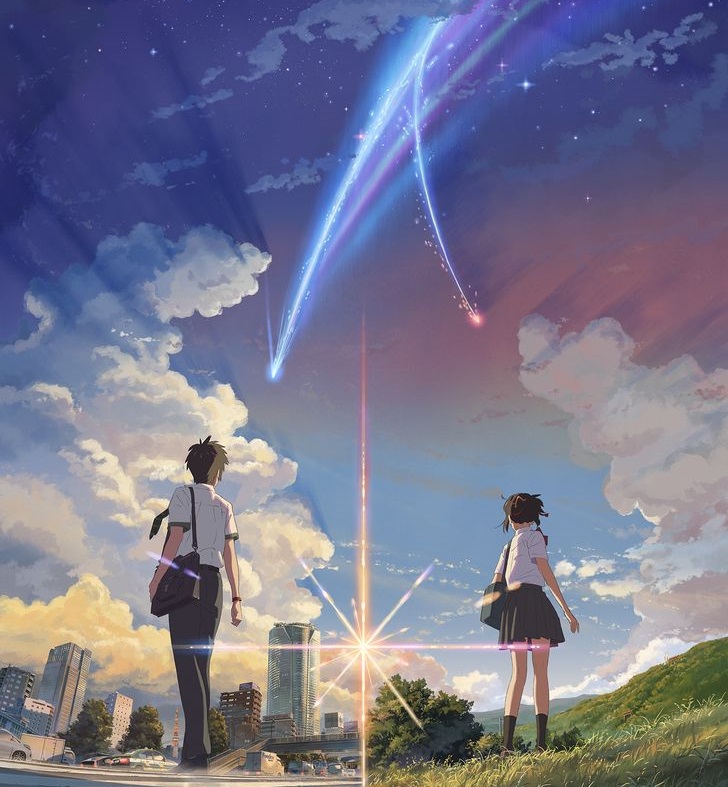
A boy living in Tokyo and a girl living in the countryside have a problem; they periodically swap bodies! There’s a lot more depth to this story than that. Your Name is the highest grossing anime movie of all time, and it’s hard to believe it didn’t win an Oscar. Directed by Makoto Shinkai, the animation is outstanding. The handful of characters are well portrayed, it tells a cleverly-woven story – and even the English dub version is excellent!
If you like the subtle charm and symbolism in films like Amelie, then you’ll find this captivating; but anyone who enjoys great cinematography will love it.
IMDB score 8.4/10 ; Rotten Tomatoes rating 98%
Currently available to stream on most UK movie channels, available on DVD / Blu-Ray
7. Attack on Titan (Four series 2013-2022)
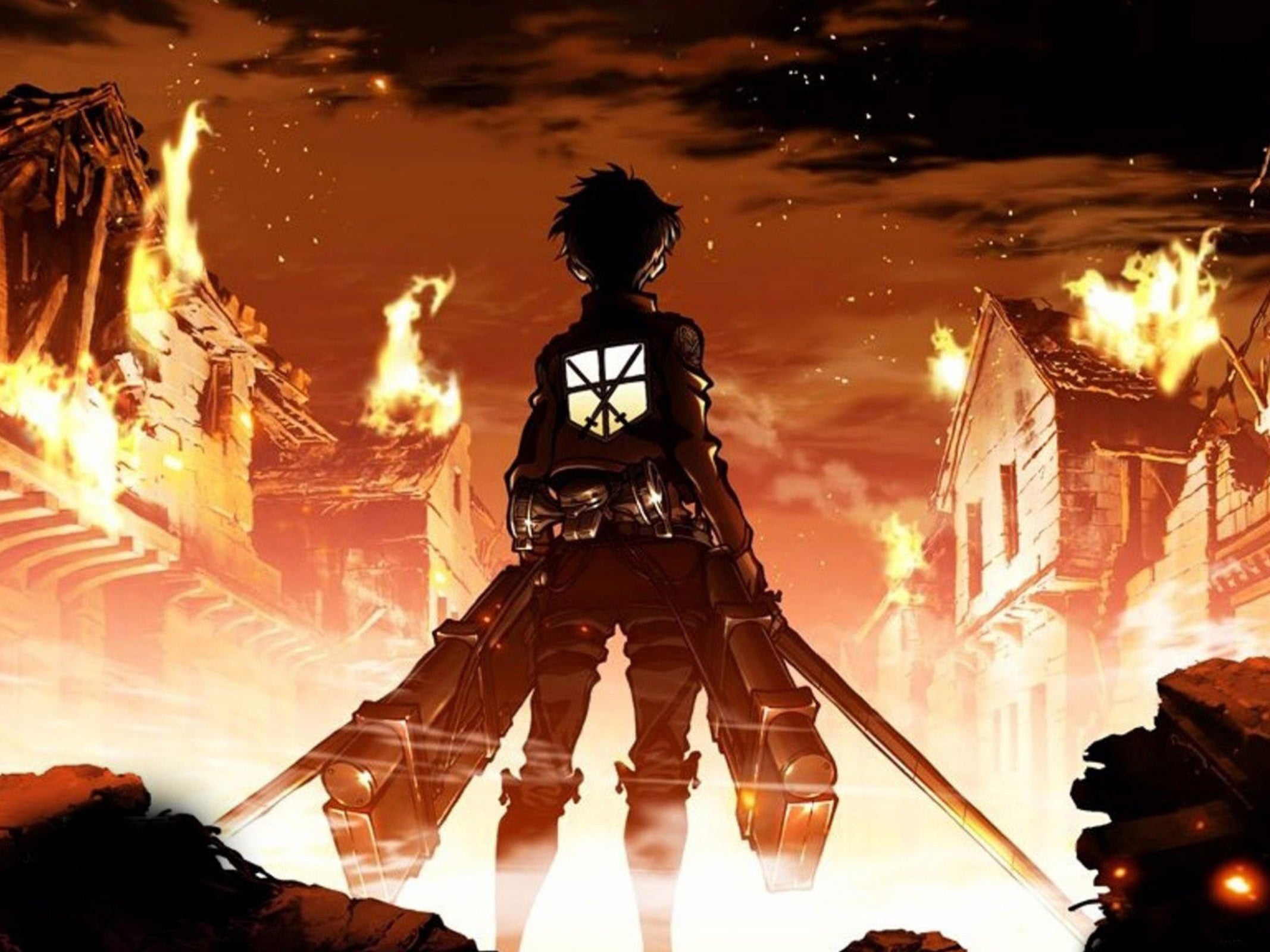
Humanity lives surrounded by huge walls which protect them from the roaming carnivorous Titans – giants who eat people, seemingly without motive or reason. The tale centres on three young people (Eren, Mikasa and Armin) who join the army to help defend, but there’s almost as much a threat inside the walls as without. There’s plenty of twists and turns in the story; and both animation and characters are spot on.
Please note: the gore can be graphic, so this is not a series for children; but if you sort of enjoyed The Walking Dead, you’ll sort of enjoy watching this.
IMDB score 8.8/10 ; Rotten Tomatoes rating 94%
Currently available in the UK on Netflix, Crunchyroll, available on DVD / Blu-Ray
8. Shouwa Genroku Rakugo Shinjuu (One series, 2016; Japanese with English Subs)
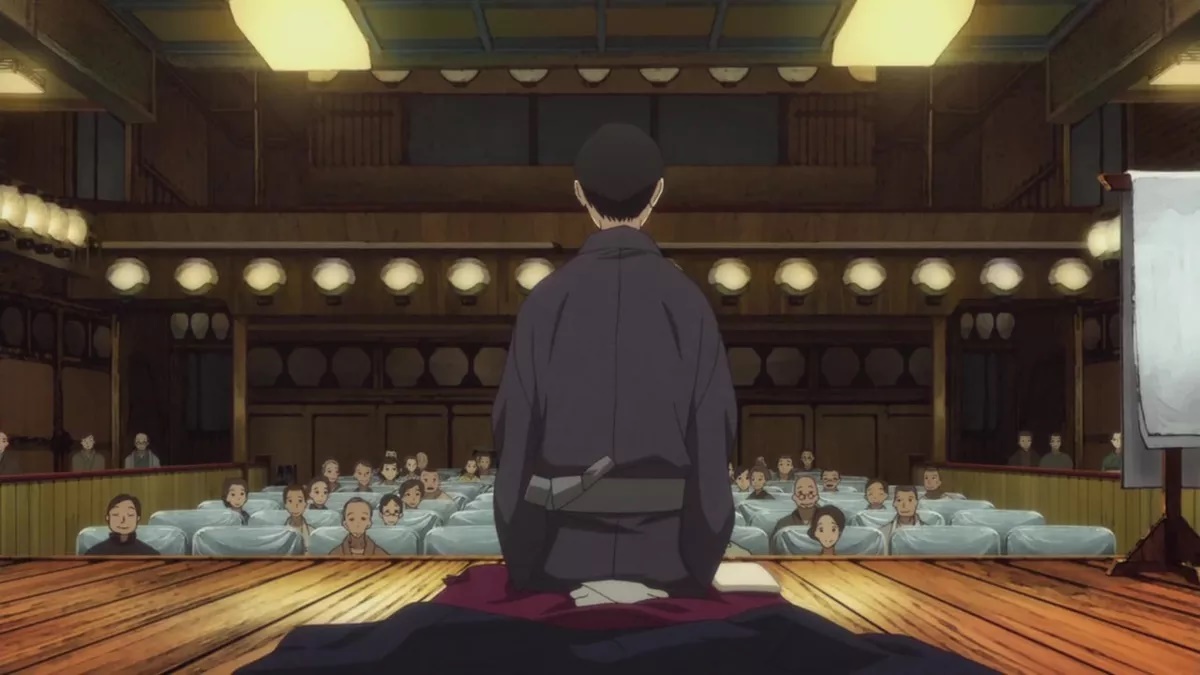
A man recently released from prison wants to turn his life around by becoming a traditional storyteller (a Rakugo). A tale set in both past and present, it’s about the art of Rakugo and the core characters: Master storyteller Yakumo, apprentice Yotarou, and Konatsu (a young woman under the master’s care). Yet it’s also about the clash between old and new Japan. This is a pretty deep story, and whilst the synopsis may not make this sound the most exciting of shows, it draws you in. (The storyteller in me loves this one.)
If you like character-driven drama, you’ll love this.
IMDB score 8.3/10 ; Rotten Tomatoes rating NA
Currently available in the UK on Crunchyroll
9. Black Butler (three series, 2008-2010)
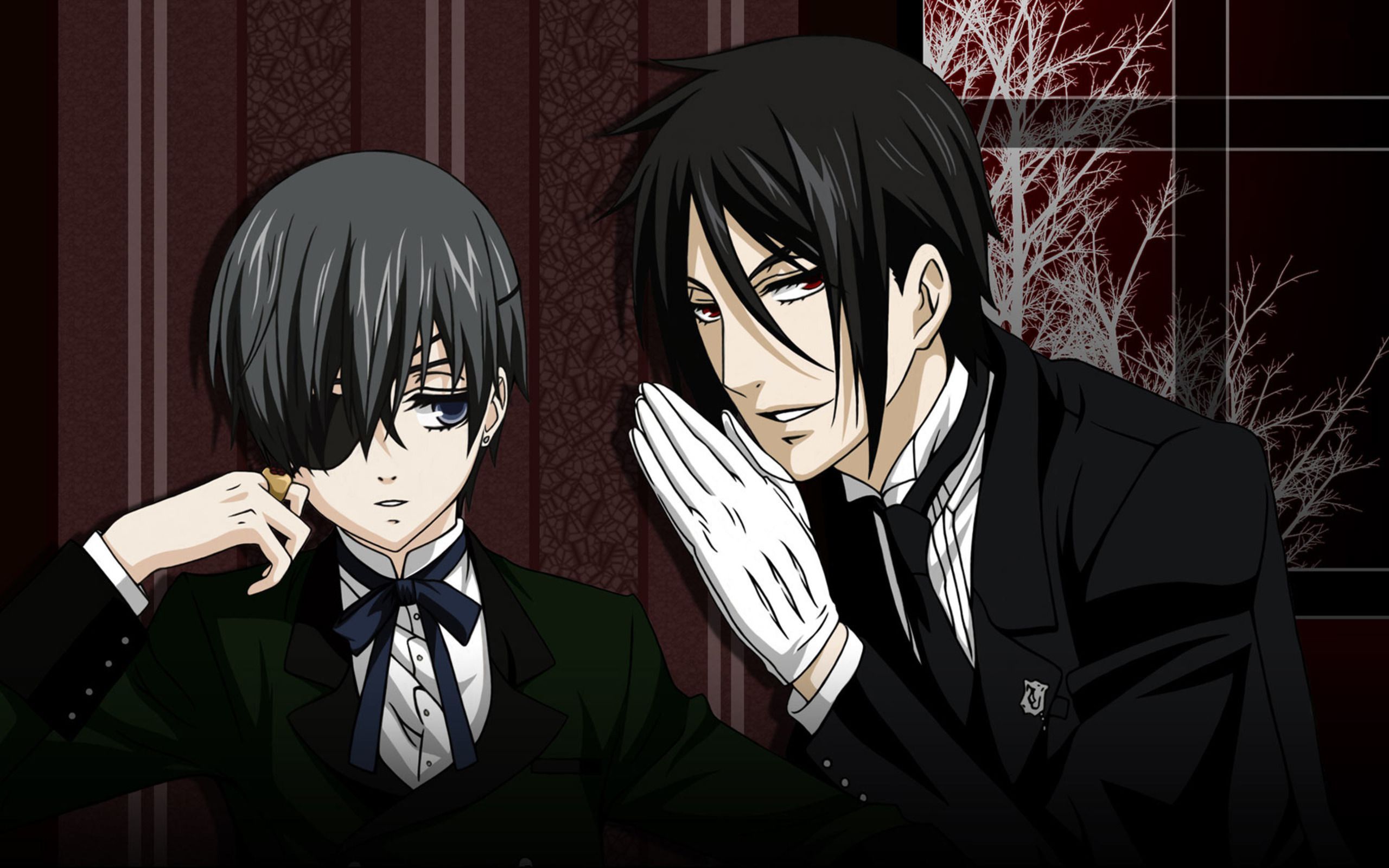
After his parents’ death, a boy in Victorian England sells his soul to a demon in order to avenge them. The demon acts as a butler to help him fulfil this role. The interwoven stories, character development, and some really good dialogue make this an entertaining series. It’s very ‘anime’; definitely quirky with a dark edge, but also lots of humour and fantastic character interaction. And it’s another show where the English Dub is really well done!
IMDB score 7.8/10 ; Rotten Tomatoes rating NA
Currently available on Funimation, Blu-Ray
10. When Marnie Was There (Film, 2014)
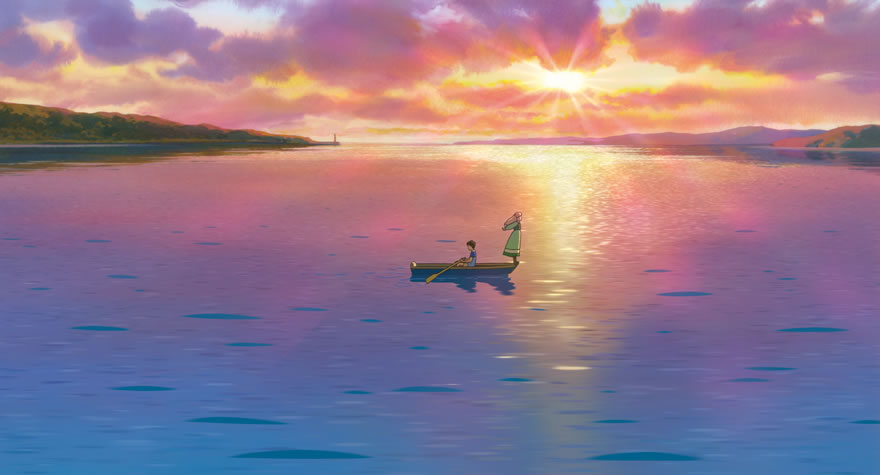
Anna is sent to live with relatives in the countryside because of her asthma, (Now that makes me instantly relate to this show!) Shy and withdrawn, she finds it hard to fit in; but then she meets Marnie, a girl who lives in the house across the bay… but to say more would give away huge spoilers. This is a much ‘quieter’ film than many, but guaranteed to put a smile on your face when you get to the end.
The film adapts a 1967 British novel really well. If you appreciate adaptations of work such as E Nesbit and F H Burnett, you’ll appreciate this.
IMDB score 7.8/10 ; Rotten Tomatoes rating 88%
Currently available on Netflix in the UK, DVD / Blu-Ray
And more…

Other great shows for different genres, all of which are worth a look:
(f) = film
- Like your fights? Fate Stay/Night, Fate Zero, Rising of the Shield Hero, 86 and The Vinland Saga (Note, none of these are suitable for children!)
- Science fiction nerds: Ghost in the Shell (the original anime version), Psycho-Pass, Space Brothers, and Legend of the Galactic Heroes.
- Worlds of fantasy: Ascendance of a Bookworm, Nausicaa of the Valley of the Wind (f), Spice and Wolf, and Fullmetal Alchemist Brotherhood
- Serious drama: Monster, In This Corner of the World (f), Erased and Tokyo Magnitude 8.0
- School based shows that are aimed at adults: A Silent Voice (f), Your Lie in April, and From Up On Poppy Hill (f)
- …and for watching with the kids, but won’t bore you: Snow White with the Red Hair, Kiki’s Delivery Service (f), Haikyuu!!, and for young children My Neighbour Totoro(f)
- Romance: Only Yesterday (f), Wotakoi, Toradora (school based, but a great romcom), and Emma: A Victorian Romance
- Comedy / tongue in cheek: Gintama, Hinamatsuri… and not forgetting Konosuba (definitely not for children – if Mel Brooks did anime, this would be it!)
The Small Print (things that may be helpful for a novice anime viewer…)
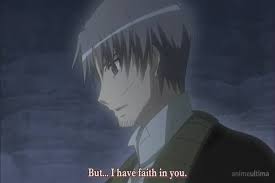 Translation: Most anime have an English dub, but some are only available in Japanese with English subtitles. Please don’t be put off, these can be amongst the best shows (and sometimes the subtitles are a better interpretation than the dub).
Translation: Most anime have an English dub, but some are only available in Japanese with English subtitles. Please don’t be put off, these can be amongst the best shows (and sometimes the subtitles are a better interpretation than the dub).
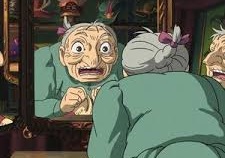 Watch out for that left hook: Sometimes the story will take a sudden turn halfway through. The best-written anime will have dropped subtle clues to this earlier that you only notice on a second viewing. Fair warning: This isn’t Disney, you aren’t always guaranteed a happy ending!
Watch out for that left hook: Sometimes the story will take a sudden turn halfway through. The best-written anime will have dropped subtle clues to this earlier that you only notice on a second viewing. Fair warning: This isn’t Disney, you aren’t always guaranteed a happy ending!
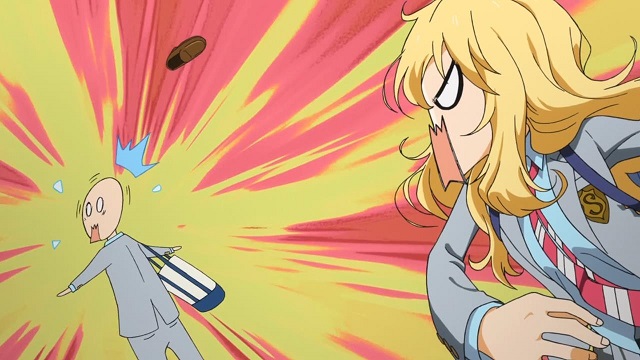 Yes, some moments can be annoying: There may be segments when characters appear more ‘cartoonised’ (often when losing their temper). Some like it – it’s animation after all, let it do things the camera can’t – others less so.
Yes, some moments can be annoying: There may be segments when characters appear more ‘cartoonised’ (often when losing their temper). Some like it – it’s animation after all, let it do things the camera can’t – others less so.
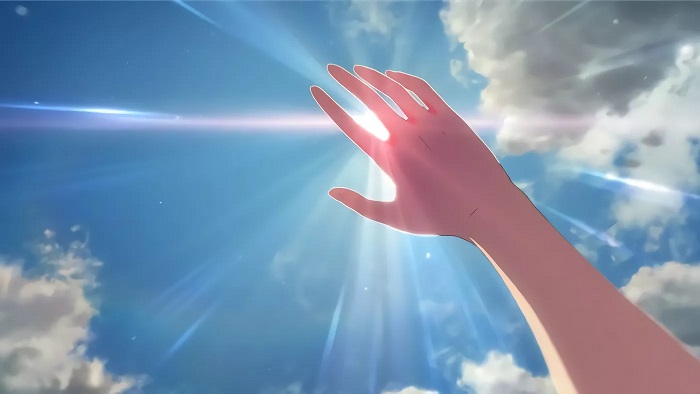 Symbolism is everything: Far more than in western animation, everything – music, weather, scenery, the background characters – may be giving subtle (or not so subtle!) hints reinforcing the story. The best directors put a lot of thought into the whole experience.
Symbolism is everything: Far more than in western animation, everything – music, weather, scenery, the background characters – may be giving subtle (or not so subtle!) hints reinforcing the story. The best directors put a lot of thought into the whole experience.
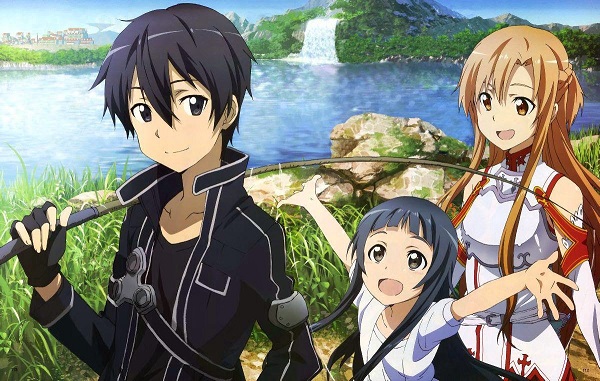 Do your research: Read a spoiler-free review before watching something new, especially if watching with children. There’s much anime that’s brilliant, some are average… and a few that may have you exclaiming: “WTF Japan?!?!”
Do your research: Read a spoiler-free review before watching something new, especially if watching with children. There’s much anime that’s brilliant, some are average… and a few that may have you exclaiming: “WTF Japan?!?!”
Anime-to-camera: Quite a few anime have also had live-action versions created. Please, please, avoid these. You will be ultimately disappointed compared to what the original offers!
Finally…

So there you are; a whole article about anime and I didn’t once mention RWBY. Oops, I just did! (As RWBY is not Japanese, it is usually classed as ‘anime inspired’…)
Hopefully this has shown you that there’s a whole host of great stories out there, just waiting to be explored. Anime provides both a lift for the spirits and an escape from the day-to-day. Give it a try!
Ian Raymond, 2nd November 2020; minor updates 18th February 2022






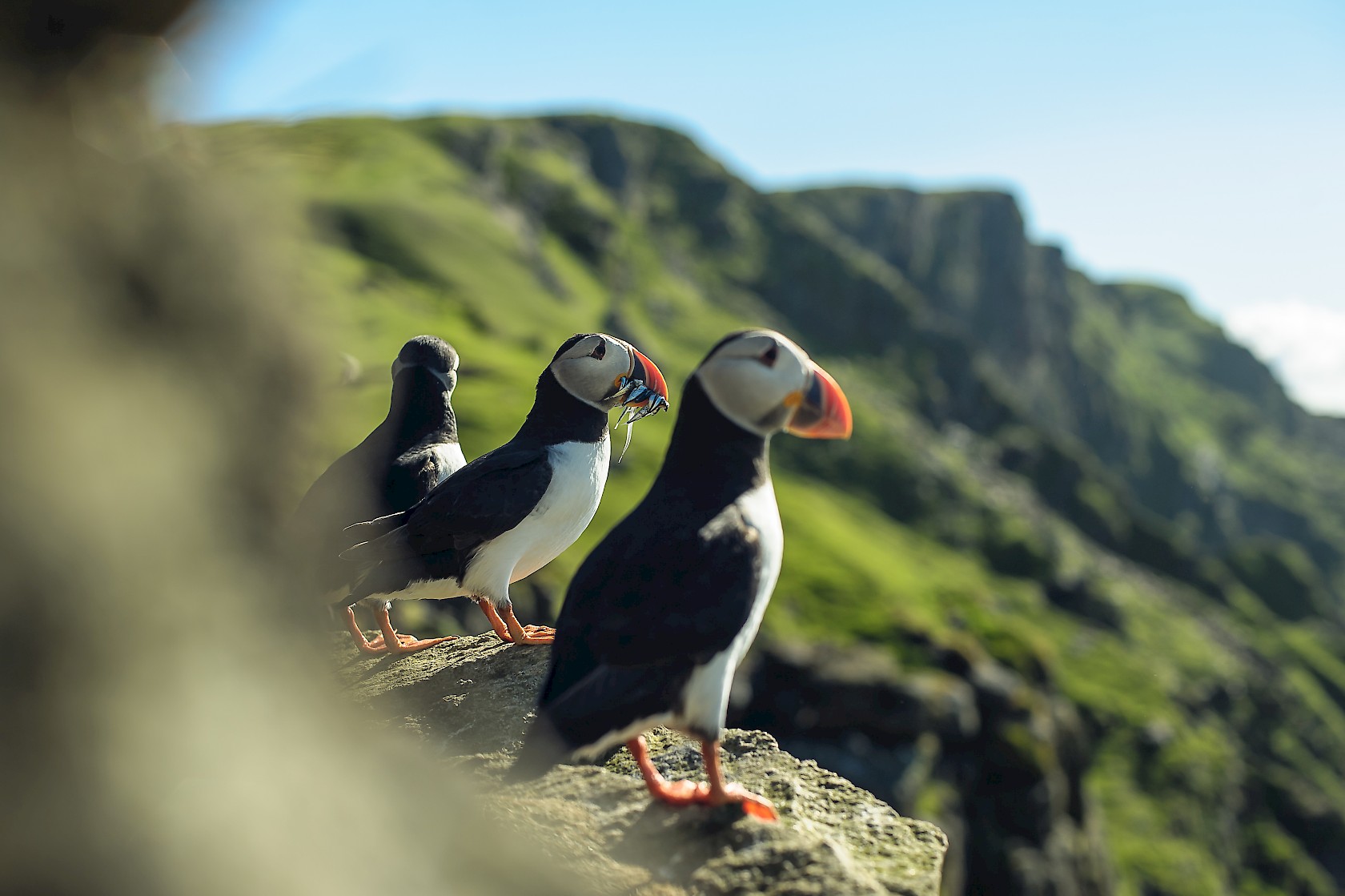











![Images from volumes 2 and 4]](http://www.ianraymond.co.uk/wp-content/uploads/2020/04/rwby-image-8.png)
